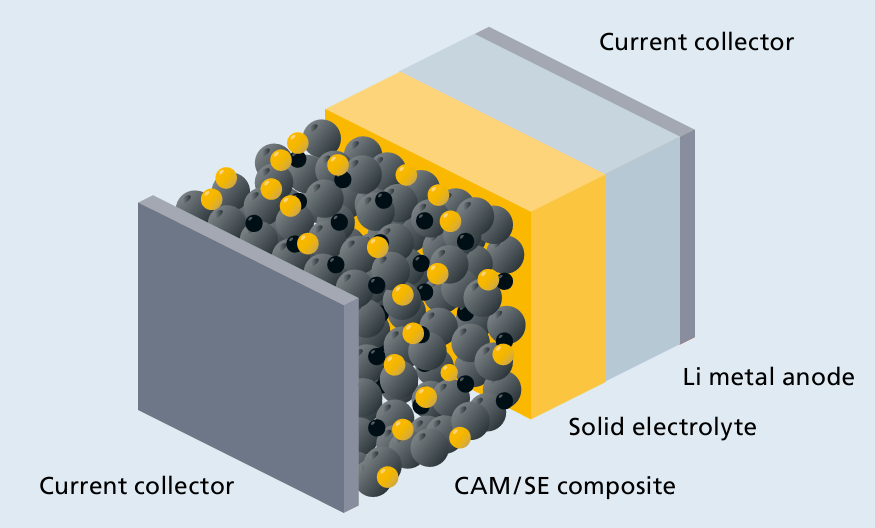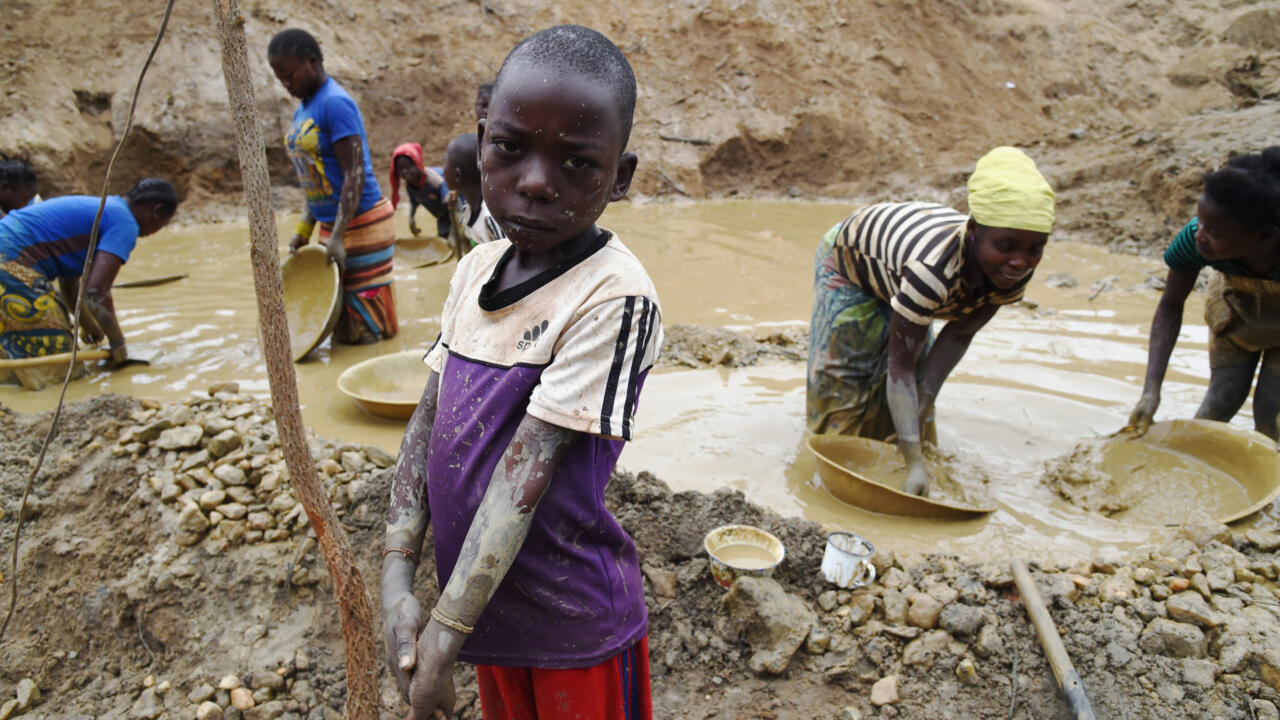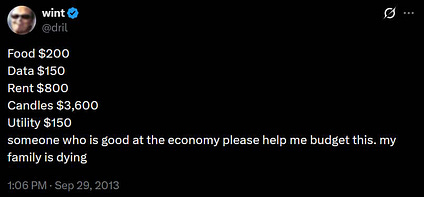Grameen Bank | microfinance, poverty alleviation, rural development – Britannica

Grameen Bank: A Model for Sustainable Development
Introduction and Core Mission
Grameen Bank, an institution founded in Bangladesh by economist Muhammad Yunus, operates as a pivotal financial instrument for poverty alleviation. Its core mission is the provision of microcredit—small loans—to impoverished individuals, enabling them to pursue self-employment and income-generating activities. The success and impact of this model were recognized globally when Grameen Bank and Muhammad Yunus were jointly awarded the Nobel Prize for Peace in 2006. The bank’s operations are fundamentally aligned with several key United Nations Sustainable Development Goals (SDGs).
Operational Framework and Social Collateral
The Grameen model, established in 1976 and institutionalized as an independent bank in 1983, is built on a unique group-lending system that circumvents the need for traditional financial collateral. This framework directly supports community-level economic stability, a cornerstone of SDG 8 (Decent Work and Economic Growth).
- Groups of five prospective borrowers are formed.
- Initial loans are granted to two members of the group.
- A probationary period follows, during which the repayment performance of the initial borrowers is monitored.
- Successful repayment by the first two members qualifies the remaining three members to receive their loans.
- Peer pressure and mutual support within the group function as social collateral, ensuring high repayment rates.
Alignment with Sustainable Development Goals (SDGs)
Grameen Bank’s operational philosophy and targeted outcomes contribute significantly to the global agenda for sustainable development. Its impact is most pronounced in the following areas:
- SDG 1: No Poverty: By providing access to capital for those excluded from the traditional banking system, Grameen Bank offers a direct pathway out of poverty. The loans empower individuals to create sustainable livelihoods, thereby addressing poverty at its root.
- SDG 5: Gender Equality: The bank has strategically focused on female borrowers, who constitute over 97 percent of its clientele. This focus directly promotes women’s economic empowerment, enhances their decision-making power within their households and communities, and is a powerful driver for achieving gender equality.
- SDG 8: Decent Work and Economic Growth: Microcredit fosters entrepreneurship and stimulates local economies. It enables the creation of small businesses and self-employment opportunities, contributing to inclusive and sustainable economic growth.
- SDG 10: Reduced Inequalities: The model specifically targets the poorest and most marginalized segments of society. By providing them with economic opportunities, Grameen Bank actively works to reduce income inequality and promote social inclusion.
Conclusion: A Replicable Model for Global Development
Headquartered in Dhaka, Bangladesh, with a network of over 2,200 branches, Grameen Bank has become a global symbol of an effective and sustainable approach to poverty reduction. Its success demonstrates that providing the poor with opportunities to help themselves is a viable strategy for achieving lasting economic and social development, in full alignment with the core principles of the Sustainable Development Goals.
Analysis of Sustainable Development Goals in the Article
-
Which SDGs are addressed or connected to the issues highlighted in the article?
The article on Grameen Bank highlights issues that are directly connected to several Sustainable Development Goals (SDGs). The primary connections are:
- SDG 1: No Poverty: The core mission of Grameen Bank is to provide small loans (microcredit) to “poor individuals.” This directly addresses the goal of eradicating poverty by providing financial tools to the most vulnerable populations to help them create sustainable livelihoods.
- SDG 5: Gender Equality: The article explicitly states that “More than 97 percent of Grameen’s loan recipients have been women.” This demonstrates a strong focus on empowering women economically, which is a central objective of SDG 5. By providing women with access to financial resources, the bank helps to address gender-based inequalities.
- SDG 8: Decent Work and Economic Growth: By providing capital to poor individuals, Grameen Bank enables them to start or grow small enterprises. This fosters entrepreneurship and creates self-employment, contributing to inclusive and sustainable economic growth and productive employment.
- SDG 10: Reduced Inequalities: The bank’s model specifically targets the poor and, within that group, predominantly women. This approach is designed to reduce economic inequalities by providing opportunities to marginalized segments of the population who are typically excluded from traditional banking systems.
-
What specific targets under those SDGs can be identified based on the article’s content?
Based on the activities of Grameen Bank described in the article, the following specific SDG targets can be identified:
- Target 1.4: “By 2030, ensure that all men and women, in particular the poor and the vulnerable, have equal rights to economic resources, as well as access to… financial services, including microfinance.” The article’s entire focus on Grameen Bank providing “small loans to poor individuals” is a direct implementation of this target, as microfinance is the key mechanism mentioned.
- Target 5.a: “Undertake reforms to give women equal rights to economic resources, as well as access to… financial services…” The fact that over 97% of the bank’s clients are women shows a clear and successful effort to provide them with access to financial services, directly aligning with this target’s goal of enhancing women’s access to economic resources.
- Target 8.10: “Strengthen the capacity of domestic financial institutions to encourage and expand access to banking, insurance and financial services for all.” Grameen Bank, as an independent bank with over 2,200 branches, exemplifies a domestic financial institution that has successfully expanded access to financial services for populations previously excluded from the formal banking sector.
-
Are there any indicators mentioned or implied in the article that can be used to measure progress towards the identified targets?
Yes, the article contains several pieces of quantitative and qualitative information that can serve as implied indicators to measure progress towards the identified targets:
- For Target 1.4 (access to microfinance): An implied indicator is the number of poor individuals receiving loans. While the article does not give a total number of borrowers, it establishes that the bank’s model is based on providing “small loans to poor individuals,” making the number of such loans a key metric of progress.
- For Target 5.a (women’s access to financial services): The article provides a very specific and powerful indicator: “More than 97 percent of Grameen’s loan recipients have been women.” This percentage directly measures the extent to which financial services are being extended to women.
- For Target 8.10 (expanding access to banking): The article mentions that Grameen Bank “has more than 2,200 branches in the country.” The number of branches serves as a direct indicator of the physical expansion of financial infrastructure and access to services for communities across Bangladesh.
-
Create a table with three columns titled ‘SDGs, Targets and Indicators” to present the findings from analyzing the article.
SDGs Targets Indicators (Implied from the article) SDG 1: No Poverty 1.4: Ensure the poor and vulnerable have equal rights to economic resources and access to financial services, including microfinance. Provision of small loans (microcredit) to poor individuals. SDG 5: Gender Equality 5.a: Give women equal rights and access to economic and financial resources. The proportion of female loan recipients (stated as “More than 97 percent”). SDG 8: Decent Work and Economic Growth 8.10: Strengthen domestic financial institutions to expand access to banking and financial services for all. The number of bank branches established to serve communities (stated as “more than 2,200 branches”). SDG 10: Reduced Inequalities 10.1: Progressively achieve and sustain income growth of the bottom 40 per cent of the population. The focus on providing loans specifically to “poor individuals” and women, who are often economically marginalized.
Source: britannica.com
What is Your Reaction?
 Like
0
Like
0
 Dislike
0
Dislike
0
 Love
0
Love
0
 Funny
0
Funny
0
 Angry
0
Angry
0
 Sad
0
Sad
0
 Wow
0
Wow
0


















































.jpg.webp?itok=0ZsAnae9#)





/environment-climate-change-and-health-(ech)/water-sanitation-hygiene-and-health-(wsh)/landfill-tuvalu-36092.tmb-1200v.jpg?sfvrsn=5c21fe40_1#)

















